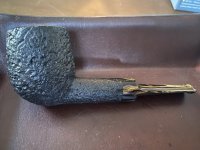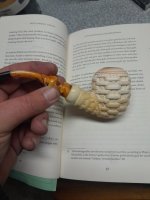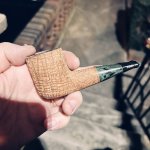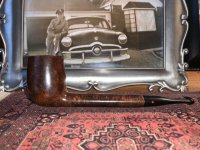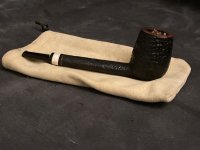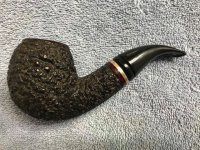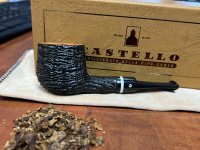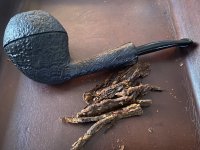Pegasus for bowl 76 in the tekin bent tomato. I'll likely post a thread of the pipe when I hit 100 bowls and just update there every hundred bowls or so. I plan on smoking this pipe almost exclusively for the next few months.Swr in the tekin for bowl 75 View attachment 276101
***What Are You Smoking, January 2024?***
- Thread starter JimInks
- Start date
You are using an out of date browser. It may not display this or other websites correctly.
You should upgrade or use an alternative browser.
You should upgrade or use an alternative browser.
SmokingPipes.com Updates
Watch for Updates Twice a Week
- Status
- Not open for further replies.
Looking forward to it! It's looking nice!Pegasus for bowl 76 in the tekin bent tomato. I'll likely post a thread of the pipe when I hit 100 bowls and just update there every hundred bowls or so. I plan on smoking this pipe almost exclusively for the next few months.
A quarter of the way through this bowl of KBV Mr. Christian's Haunted Virginia 2022 in a straight, black sandblasted 1970s Comoy’s Mark-2 G * 6 (4) bulldog with a black vulcanite saddle stem. Tomato the Brave showed up, still limping, but full of energy and now, full of food. His hip seems to be the problem.


Capstan Blue Flake in a Radice Silk Cut 55
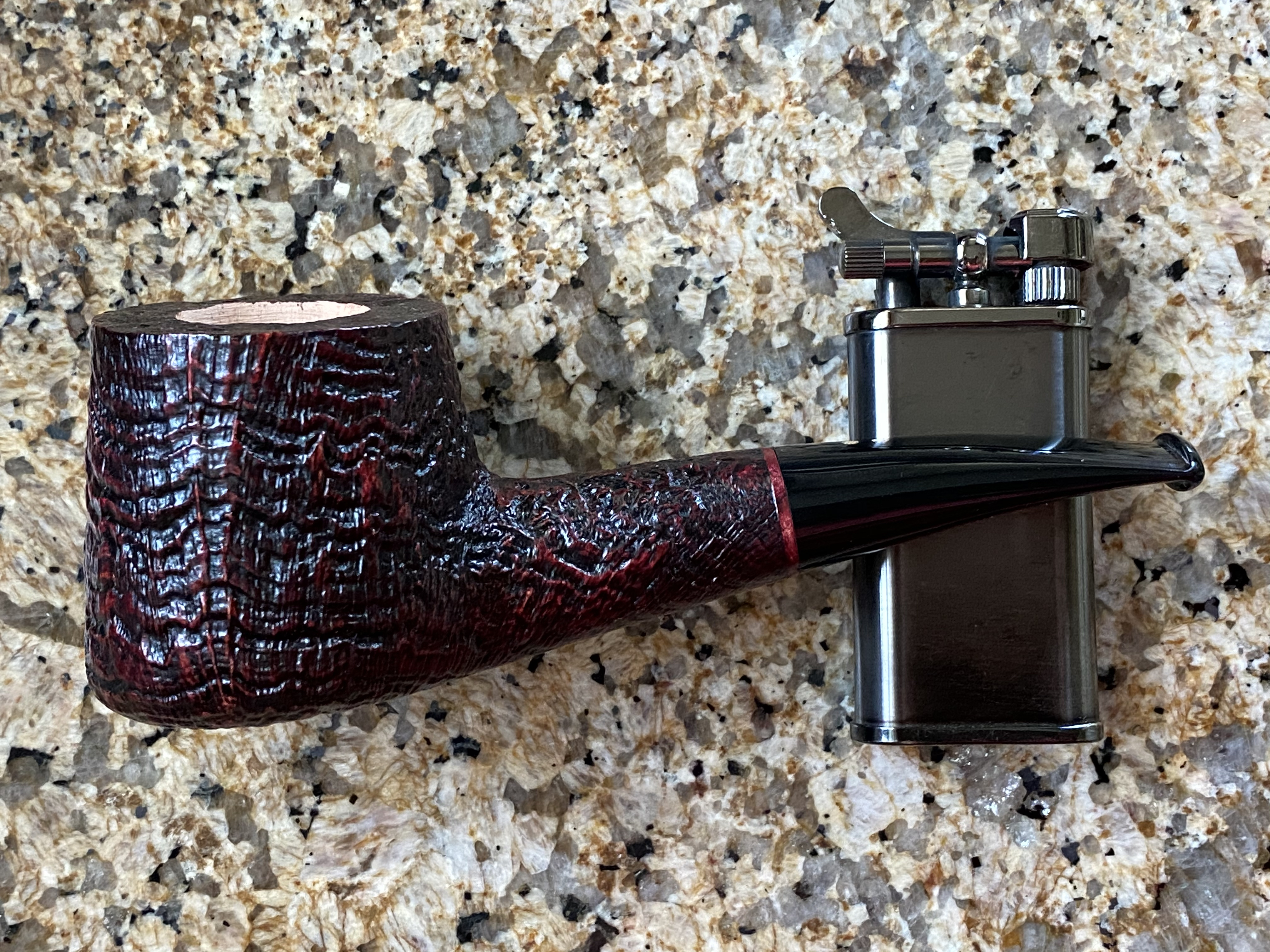

Pr__k with the stick!When I was a freshman in college, my Introduction to Literature teacher spent an entire month on the opening paragraph (or chapter, more likely in retrospect) of a James Joyce novel—it was probably A Portrait of the Artist as a Young Man, as I remember “moocow” being in our discussion. We examined nearly every word and how each one was loaded with multiple meanings and how Joyce attempted to embed the history of English language in his use of his invented, conflated words. The teacher talked about how Joyce spent something like thirty years writing Finnegans Wake with virtually every word deliberately having multiple meanings. If it took Joyce thirty years to write it, I thought it could take a lifetime to decipher!
I aced the test on Dubliners by writing about the symbolism I found in the use of particular words (kind of stream of consciousness bullshit with some grounded basis on my part). At the end of the semester, the teacher sat me down and told me that she wanted to place me in the advanced James Joyce class on Ulysses next semester. I busted my ass academically in art high school, but didn’t feel up to that in art college. I thanked her and politely declined. I ended up taking Advanced Creative Writing with another teacher (Martin Smith, author of Flora‘s Dream and Goodbye, Philip Roth) for the next seven semesters at SVA; it was his Detective Fiction course that started me on my lifelong pursuit of collecting the work of mystery writer, Ross Macdonald.
In my many years of book collecting, I’ve read a lot of dealer catalogues. It’s my understanding that Joyce tinkered with the text of Ulysses as various printings of the book were done. If I recall correctly, serious Joyce collectors need the first eight printings of the book because Joyce changed the text in each run!
I love holograph manuscripts because they capture the author’s thinking process on paper. Here’s my facsimile edition of James Joyce’s Ulysses manuscript:
View attachment 276420
View attachment 276423
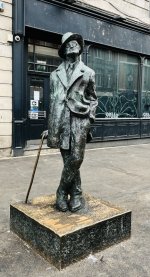
Once again, I find myself prepping for the next storm (snow this time). Mac Baren Vanilla Cream in a MM Dagner Poker seemed fitting. This was my 2nd ever tobacco (the first being its doppelganger, Mac Baren Original Choice), so each time is like a stroll down memory lane. Which back then was called Tonguebite Terrace--happy it got renamed.
Bird report: California scrub-jay, Steller's jay, Dark-eyed junco, California towhee, California quail, Oak titmouse, White-breasted nuthatch, Common raven, Red-tailed hawk, Western bluebird, and Hairy woodpecker (again, no jokes please). And if I'm not mistaken, I heard the call of an American robin, which is quite strange for this time of year.
Time for a scalding hot shower...
Bird report: California scrub-jay, Steller's jay, Dark-eyed junco, California towhee, California quail, Oak titmouse, White-breasted nuthatch, Common raven, Red-tailed hawk, Western bluebird, and Hairy woodpecker (again, no jokes please). And if I'm not mistaken, I heard the call of an American robin, which is quite strange for this time of year.
Time for a scalding hot shower...
- Status
- Not open for further replies.







